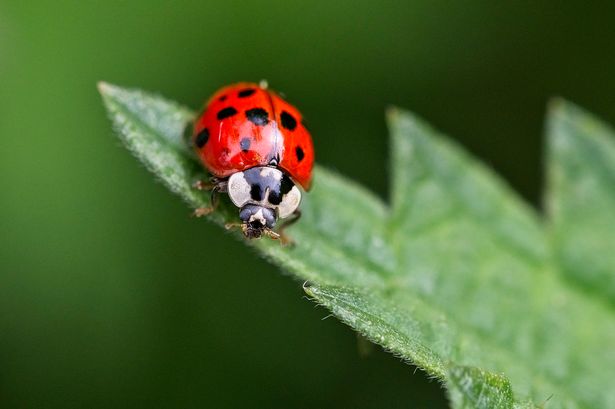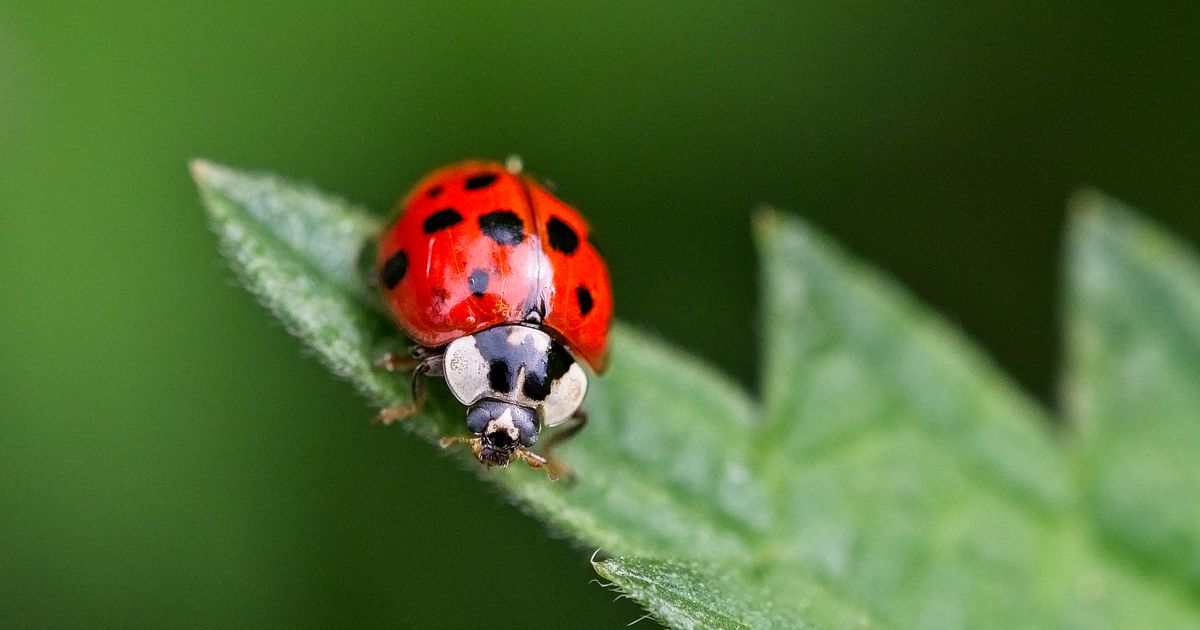Tree campaigners fear city’s wildlife habitats will be ‘hollowed out’ Developers have to replace wildlife habitats lost to construction and add 10 per cent(Image: Getty Images/500px)
Developers have to replace wildlife habitats lost to construction and add 10 per cent(Image: Getty Images/500px)
Local nature lost to development in Bristol is being replaced – more than 150 miles away in Barnsley and 123 miles away in Sussex.
New planning rules introduced last year require developers to put back any biodiversity lost to construction projects and add at least 10 per cent from what was there before.
If it cannot be applied to a development, the damage to the wildlife habitats can be offset elsewhere by recreating them in a registered biodiversity gain site (BGS).
But this could be anywhere in England and there are currently only 68 officially registered locations.
None of these are in Bristol, which means any local nature that cannot be accommodated at a building site has to be replaced outside the city, with the nearest BGS about five miles away on the Belmont Estate in North Somerset.
Bristol Tree Forum has been monitoring the process, called ‘offsite biodiversity net gain’, since the legislation came into force in February 2024 and has found that four developments in the city have had to do this so far.
Acting chair Mark Ashdown said two of these were at the Belmont Estate but the other two were much more far-flung – 153 miles away from the development site on Temple Island to Barnsley, South Yorkshire, and 123 miles away from another in Avonmouth to Lewes, East Sussex.
He said in a statement to a recent meeting of Bristol City Council economy and skills committee: “This is a combined loss of 2.63 hectares of Bristol’s valuable local habitat gone forever.
“The controversial plans to develop the site at Brislington Meadows will also result in habitat being lost to the city, as much of the habitat there cannot be accommodated on site – Homes England estimated nearly a quarter, we say it will be higher.
“If this trend continues, many more local habitats will be lost and Bristol’s nature will become hollowed out.”
In a letter to Cllr Martin Fodor (Green, Redland) and Cllr Ellie King (Labour, Hillfields), the chair and vice-chair of the environment and sustainability committee respectively, Mr Ashdown said the average distance nationally from a development to offsite nature replacement was 54 miles.
He said: “What concerns us most is the distance between the site where biodiversity has been lost and where it is being replaced.
“We are also concerned that, in every case, the sites where this lost biodiversity is being replaced are in remote rural settings which people are unlikely ever to visit.
“We are writing to ask that your committee investigate this issue and consider what can be done to stem the flow of our everyday nature out of the city.”
In a written response to Mr Ashdown’s statement to the economy and skills committee, the city council’s head of parks and green spaces said 15 per cent of the authority’s land was already managed for the benefit of nature.
They said there was the potential to create or enhance a further 830 hectares of wildlife habitats to take the council towards its aspiration that 30 per cent of its land was managed this way.
The officer said: “Further feasibility work indicates that 600 hectares of council land may be suitable to offset impacts from development within the city boundary through biodiversity net gain (BNG) agreements.
“However, we must establish if there are practical or legal barriers to any of this land being committed to a 30-year land management regime as required by the legislation, and this we will do through 2025.
“This is important as green space is limited within the city and must perform a variety of functions – from sport to food growing to flood defence – that may or may not align with the strict terms of a BNG agreement.
“We aim to upload a first phase of offsetting sites to the national register by March 2026.”
They said that in the meantime the council was already delivering on biodiversity net gain, with 4.2 hectares of open space providing biodiversity offsetting for the Temple Island development.
The officer said: “As the consenting of this scheme predates mandatory BNG, it is secured via condition and hence does not appear on the register.
“We have also in principle agreed a reciprocal arrangement with Bath & North East Somerset Council that allows the registration of BNG sites by Bristol City Council via a section 106 [developer contributions] arrangement.
“Work is ongoing between the two authorities in bringing forward sites for registration.”
Responding to the officer’s reply, Mr Ashdown said: “I am aware of this project to create 19 parcels of highly distinctive lowland meadow in eight different parks and open spaces across the city.
“Setting aside whether such a habitat can realistically be created or sustained in these locations, I wonder what the communities that use these sites will have to say when they find themselves, and their dogs, excluded from these areas?
“As for the deal with B&NES, I have yet to see any fruits of this agreement emerge.
“And, anyway, this cannot be achieved for post-February 2024 applications, when the BNG obligations first came into force, unless and until the council registers a BGS site.
“I await developments.”
Try BristolLive Premium for FREE without intrusive ads and brilliant new features
No intrusive adverts, pop-ups or distractions! Just our brilliant content presented in the best way possible.
Get your free one-month trial by visiting the ‘Premium’ tab on the BristolLive app now (auto renews annually at £19.99).
If you haven’t got it already, get started by downloading our app here on iPhone or here on Android. If you already have the app but can’t see the ‘Premium’ section, you’ll need to check for the latest update. More info here.
